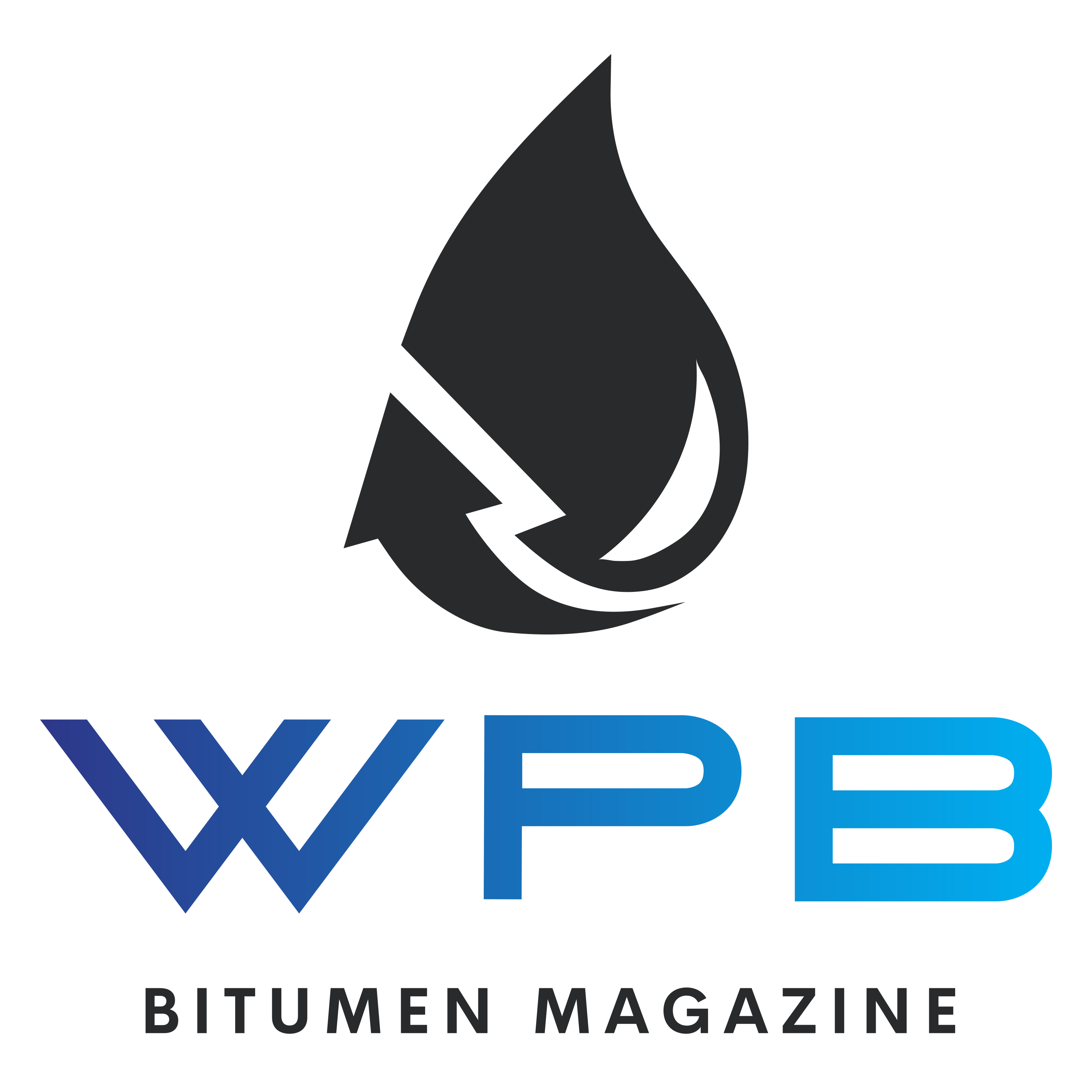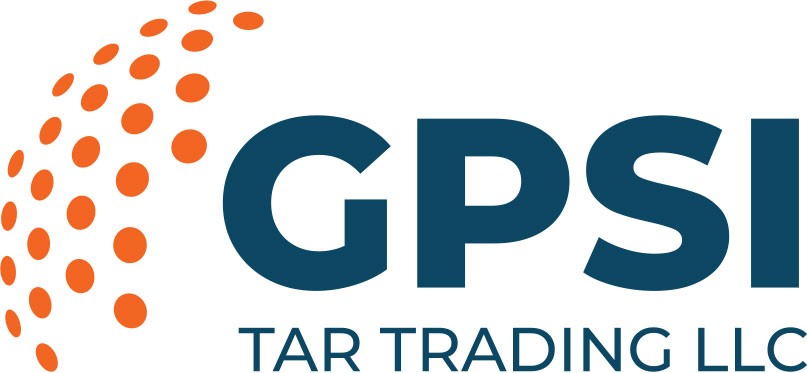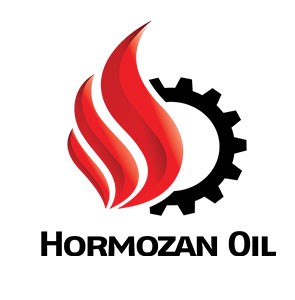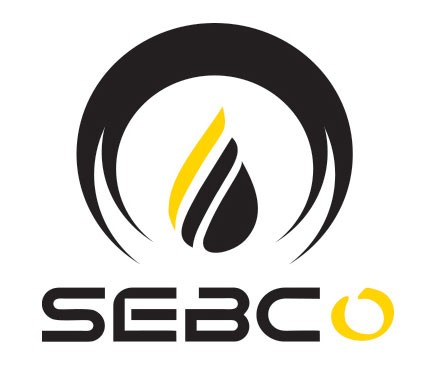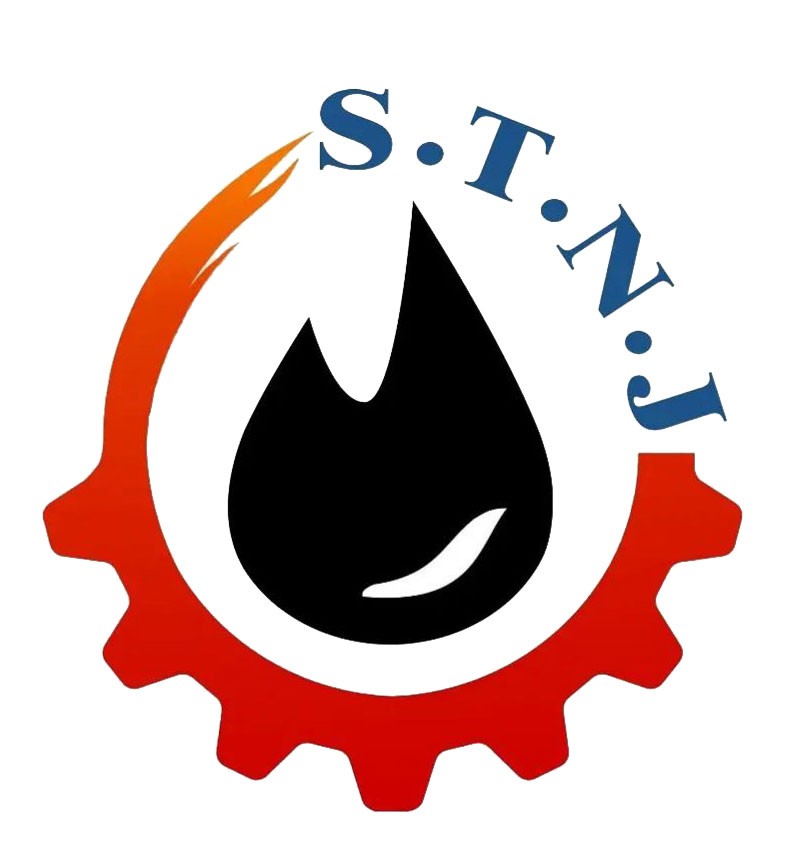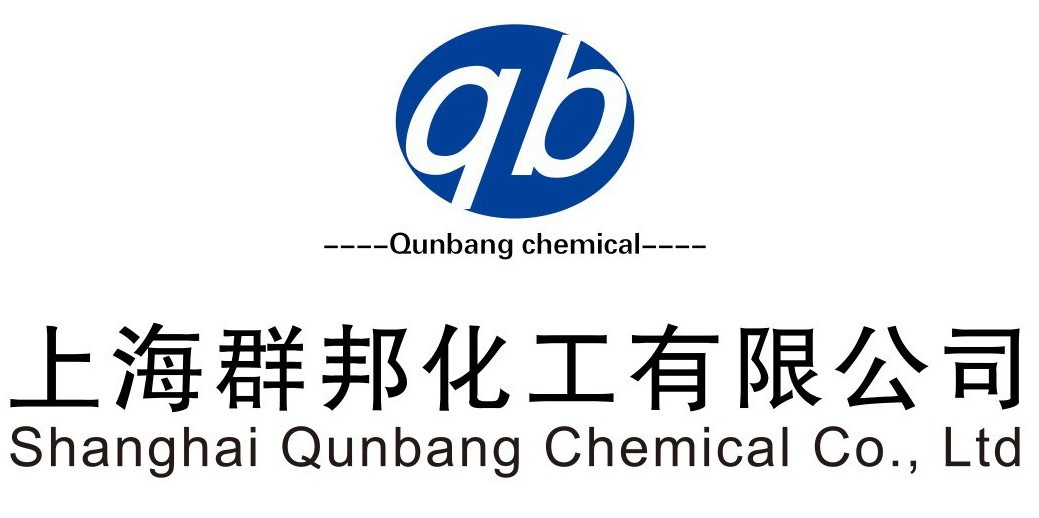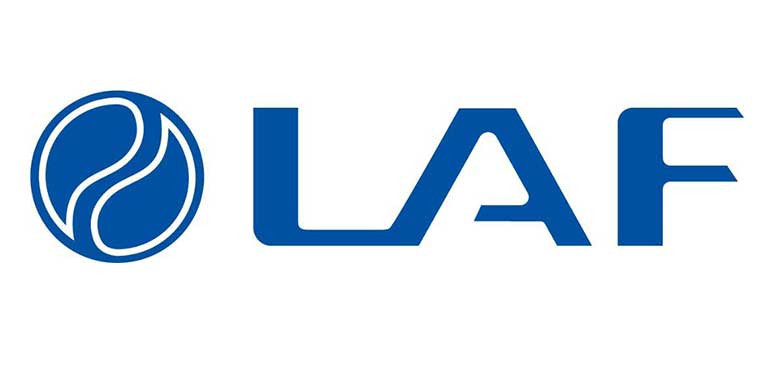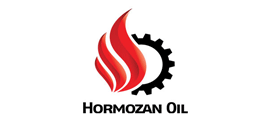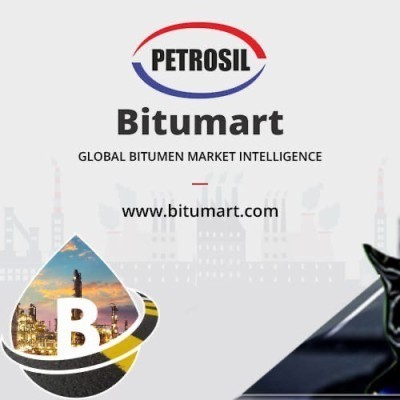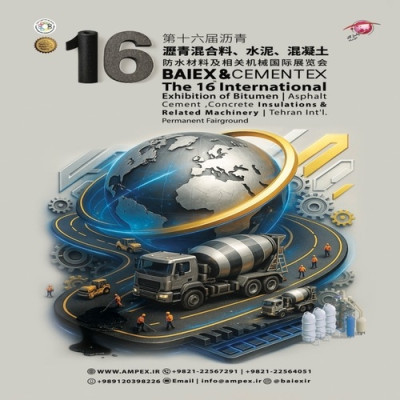WPB's perspective is that October 2025 was dominated by the shadow of restored geopolitical tensions, especially following the E3 led a diplomatic effort that triggered the formal restoration of UN sanctions against Iran through the so-called "snapback" mechanism. The move, taken by Britain, France, and Germany, effectively reinstated all the sanctions lifted under the 2015 nuclear accord, a striking political and economic reversal of the world energy map.
Geopolitical Setting and Policy Shifts
In late September, the E3 officially concluded the 30-day process they initiated back in August, accusing Iran of non-compliance with its nuclear commitments. As a result, all pre-2015 United Nations Security Council sanctions automatically came back into force. The sanctions prohibit imports and exports of Iranian oil, natural gas, petroleum, and petrochemical products, and allow the inspection of vessels suspected of transporting Iranian energy cargoes.
At the same time, the European Union soon followed suit with these restrictions in its own policy, further tightening financial and trade restrictions on Tehran. These range from fresh asset freezes on Iran's Central Bank and select commercial businesses to bans on dual-use technology and energy-industry equipment. Yet, global responses remain haphazard: while the G7 and Canada endorsed the snapback action, China and Russia dismissed its validity and signalled their readiness to go ahead with energy cooperation with Iran.
The Iranian government maintains that the sanctions have little practical impact, arguing that actions by Washington already amount to the most restrictive regime possible. Tehran officials have vowed to keep exporting oil, chiefly to China, and argue that the new sanctions by the UN "place no meaningful constraints" on what has been a very sanctioned hydrocarbon industry for years.
Oil Market Reaction and Pricing Landscape
Even as diplomacy has been tumultuous, the oil market itself has remained strong. Numbers have indicated that a majority of Iran's crude, nearly 80%, has been headed to Chinese consumers in the past year, a pattern which is predominantly intact. Chinese refiners accustomed to playing cat and mouse with American sanctions continue buying Iranian barrels at steep discounts, solidifying the two countries' bond ever deeper.
Experts anticipate that the new UN moves will not sufficiently constrain Iranian exports. They may, however, provide Chinese with better bargaining power to secure even more favorable terms. Shipping and trade quarters point out that the Iranian crude is still flowing largely unabated, with a majority of Iran's oil making it through through complex supply chains and mixed shipments that conceal its origin.
Remarkably, crude oil prices in early October have not surged despite the geopolitical tension. Meanwhile, Brent crude dropped to the mid-$60s per barrel—the lowest in four months—due in part to market focus on OPEC+ production plans and subdued global demand forecasts. While a modest risk premium continues to be factored into prices, levels of supply are now sufficient. But the market is still poised: any escalation of Middle East tensions or maritime incidents off the Strait of Hormuz could reverse the sentiment and prices sharply.
China's Central Role in Trade Patterns
China remains the pivotal figure in this equation. By maintaining its crude purchases around 20% lower than the benchmark, Beijing enjoys a steady supply of bargained oil while insulating itself against the volatility risk of Western sanctions. Because both China and Russia disregard the UN embargo, the actual effect of snapback sanctions on global energy trade is zero. There are even certain market participants who suggest Iranian crude could be rerouted or blended into regional exports, particularly through Iraq, so it can skirt sanctions outright.
Refined Products and Market Sensitivity
Among the refined petroleum products, middle distillates like diesel and gasoil have been the most sensitive to regional turmoil. Diesel margins in Europe spiked over the summer amid fear of supply disruptions from the Middle East. Geopolitical tensions between Iran and Israel earlier this year triggered spikes in gasoil crack spreads, as refiners priced in risk of refinery disruptions and shipping losses.
In mid-2025, U.S. diesel futures also spiked on reports of direct attacks in the region, once more demonstrating how sharply distillate markets respond to geopolitical tensions. Although near-term risk has since passed, experts continue to warn that a new escalation would readily reignite volatility, and particularly so in diesel prices. Gasoline markets, however, remain relatively well-supplied.
Bitumen Market Developments
Bitumen, a vital heavy crude derivative used in construction and infrastructure, has tracked broader oil trends but is mostly subject to regional and seasonal trends. In September and continuing into October, international bitumen prices have softened as a result of soft demand and persistent oversupply.
In Asia-Pacific markets, export quotes decreased due to monsoon conditions and wide inventories suppressing demand. European prices also moved in line, relatively steady between $380 and $430 per tonne FOB, reflecting typical seasonal demand rather than pressure from sanctions. Singapore market levels hovered about $410–415 per tonne, with analysts attributing the effect of wide inventories in Asia and the Middle East.
Locally, the snapback statement added further stress on the domestic currency, which led to a more rapid decline in the rial. This pushed local costs up even as international demand remained sluggish. Iranian bulk Pen 60/70 or VG40 bitumen was offered late in September at about $274–278 per tonne FOB Bandar Abbas, a moderate decline compared to summer. Although export demand continues—largely to Asia and East Africa—world oversupply and disciplined construction spending have kept prices from recovering.
More Broad-Based Demand Factors
One of the key components of the modern bitumen scene lies outside of geopolitics. Various governments in Europe, the Middle East, and North America have cooled or postponed projects on the infrastructure front this autumn, affecting directly on consumption levels. Analysts expect any new price rebound to depend less on sanctions or currency and increasingly on the cyclical turnaround of construction activity and refinery maintenance cycles in the months ahead.
Summary and Outlook
In short, UN sanctions re-activation against Iran in late September 2025 has raised political risk but not yet provided a substantial impact on physical energy markets.
•Pegged on ongoing Chinese imports via established sanction-busting channels, oil exports are steady.
•Refined product markets for gasoil and diesel remain tight, sensitive to tension in the region, but near-term availability is satisfactory.
• Bitumen markets are supplied on and largely influenced by seasonal building patterns rather than policy changes.
While market participants continue to monitor developments for signs of intensification or tightening of enforcement, the majority of analysts agree that immediate effect from the snapback upon oil derivatives and bitumen is negligible at present. It will be only when geopolitical tensions are manifested as physical supply restrictions—tanker detention or Strait of Hormuz blockade—that fundamentals like production policy and global demand would be the dominant drivers of price action until October 2025.
By Bitumenmag
Bitumen, Price, Sanction
